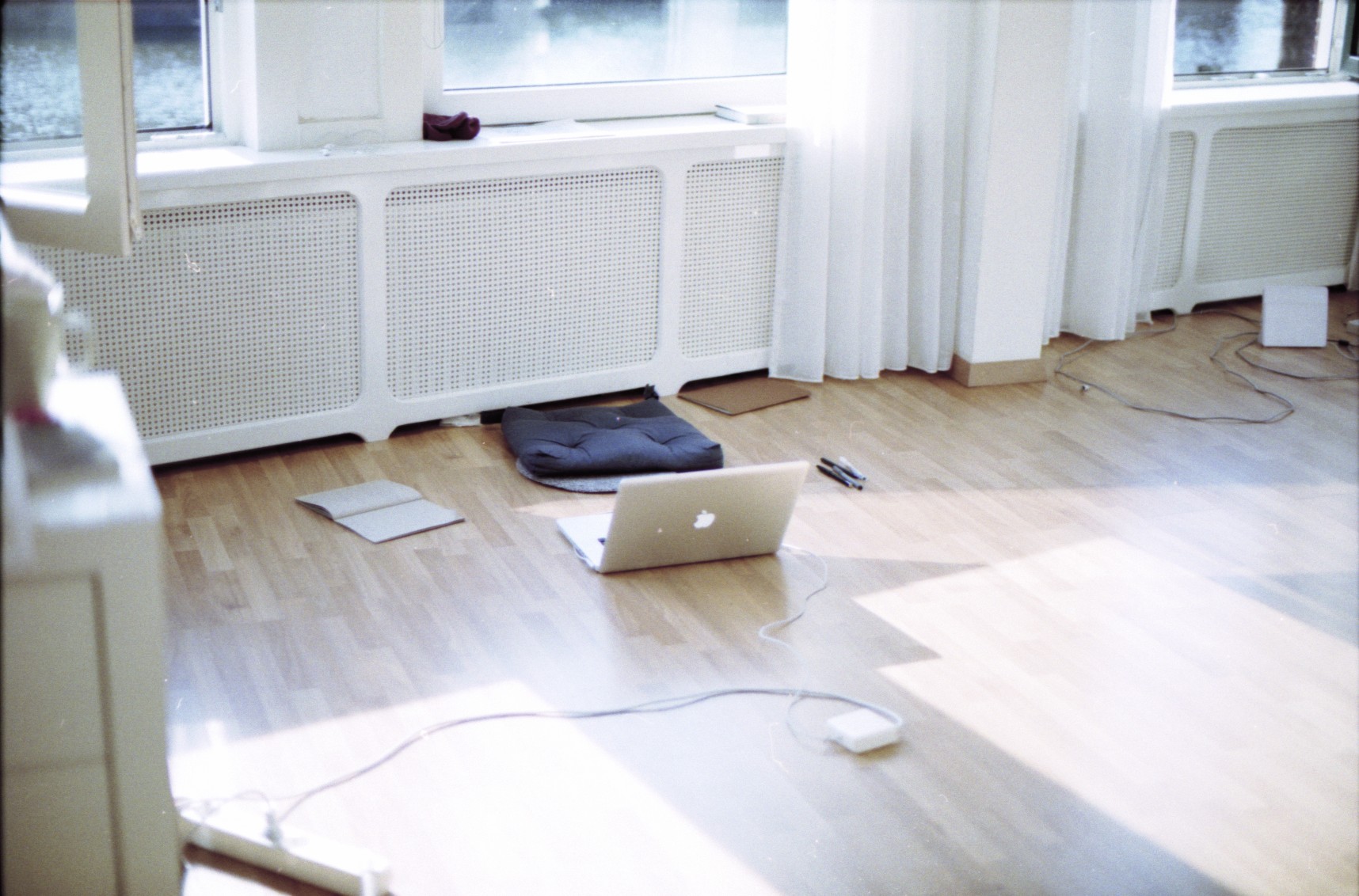Herinneringen van Dr. Aletta H. Jacobs, 1924. Translation by
Philanthropic projects and attempts, like ones in Jordaan street in Amsterdam to provide hygienic housing for the poor proved to be too expensive, and thus failed. An example is projects by Dutch architect Jan Ernst van der Pek. These philanthropic attempts were initiated in the elite class including the ones by suffragettes. And among them, a majority were funded by wealth accumulated from colonial trade.
One angle through which the working class house was conceptualized was the absence of the figure of the maid, which altered the distribution of domestic labor. This is evident, for instance, in correspondence among architects, and in their published writing such as in Sigfried Giedion, Mechanization Takes Command (1948).
Mart Stam, “I. Het vraagstuk der arbeiderswoning in verband met de steeds veranderende grootte der gezinnen,” Goedkope Arbeidswoningen, ed. F.M.A. Ottenhof (1936), 22.
Ibid.
In thinking borders, we are vastly indebted to the writings of Sandi Hilal, Alessandro Petti, and Shahram Khosravi.
Harsha Walia, Border and Rule: Global migration, capitalism, and the rise of racist nationalism (Haymarket Books, 2021), 39–40.
Ibid.
To read more about AKPG and their actions see Nelly Soetens, Gastarbeiders, wat heeft het hun gebracht? (2008).
A lot of these issues still persist, today. Migrant workers are put in different labor pools from the rest of the workers, do not have access to labor protection in many places, and cannot bring their families due to the absence of family reunification visa programs. During the pandemic deportations and migrant worker flights continued even while borders were closed.
In addition, reparations programs were introduced to encourage parts of the worker population to leave and go back.
The problematic term “allochtoon” was coined by politician and sociologist Hilda Verwey-Jonker for the Dutch Ministry of Culture, Recreation and Social Work (Ministerie van Cultuur, Recreatie en Maatschappelijk Werk).
The term “guest worker” is not used in the EU context anymore.
This shift of attention in juridical language from the migration process (the ‘now’) to migrants’ land of birth (the ‘before’) echoes a search for origin that is also to be found in the familiar national(ist) imaginary that compels one to asks where we someone is “really” from or tell them to “go back where they came from”.
Brenna Bhandar. Colonial Lives of Property (Duke University Press, 2018).
Ibid.
Huub van Baar, Brenna Bhandar, and Martina Tazzioli, “Eviction.” In: Nicholas de Genova and Martina Tazzioli, “Minor keywords of political theory: Migration as a critical standpoint A collaborative project of collective writing,” Environment and Planning C: Politics and Space (2021)
Gerard Nijssen, Eerst het eten, dan de huur: armoede huurstaken, toen en nu Voorkant, (1989).
This is the main slogan of strikes in Amsterdam in 1930s.
van Baar, Bhandar, and Tazzioli, “Eviction.”
Isabell Lorey, “Foreword,” State of Insecurity: Government of the Precarious (Verso Books, 2015).
The notion of waiting is elaborated on in Shahram Khosravi’s works. See Shahram Khosravi, Precarious Lives (University of Pennsylvania Press, 2017), and Christine M. Jacobsen, Marry-Anne Karlsen, and Shahram Khosravi, Waiting and the Temporalities of Irregular Migration (Taylor & Francis, 2021).
Ibid.
This is a re-edited version of a text published by Sarmad Platform in collaboration with WORKNOT! as part of the Pocket Book Series project in the exhibition Ficitoning Comfort at MaMA Rotterdam, 2020.
